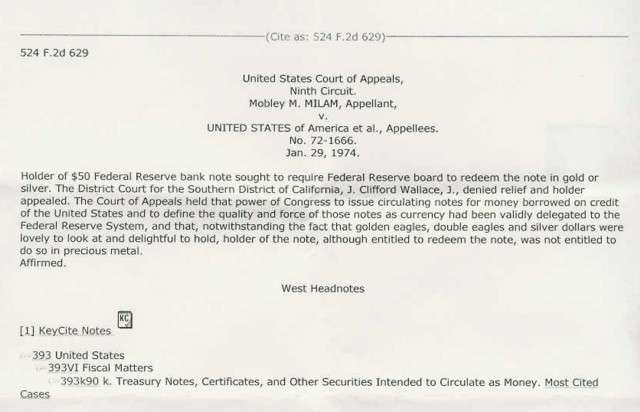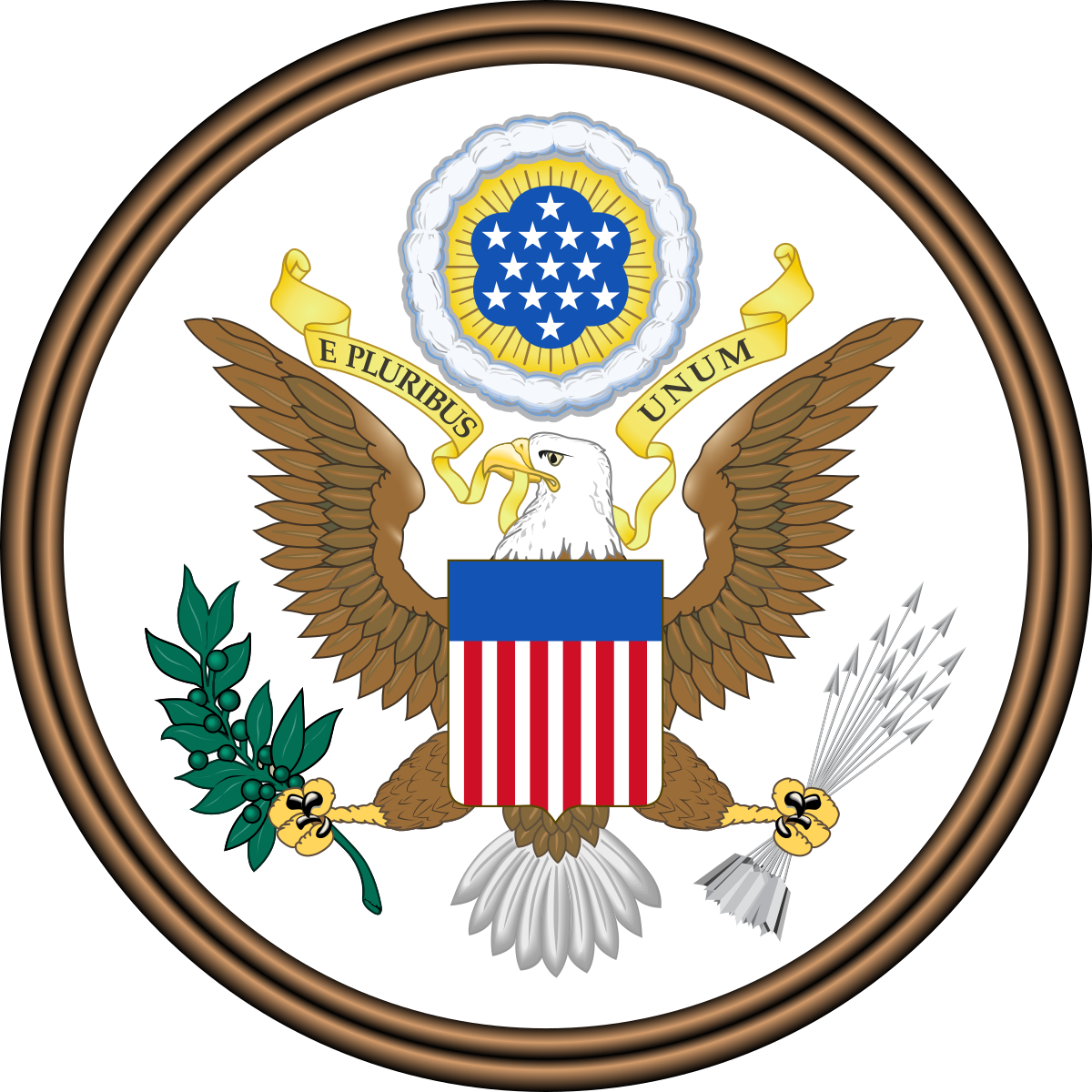http://www.federalreserve.gov/releas...1108assets.htm
I believe that at the Amendments to the Bretton Woods Agreements (Secret Jamaica Rambouillet Accord included) the IMF Trust Fund was established at the current earmark of international gold. Look at the Footnotes.
I am quickly being convinced that I have found the gold coins. This is a fascinating journey. Those coins are located in the American Numismatic Association museum on the SE Corner of the Golden Rectangle. Like I tell in my first video that whole Rectangle exploration came to me in a dream.
The dream went like this. I had discovered a "map" composed of the Masonic monuments here in Colorado Springs. I went to the middle of the symbol (I did not get the shape until I went to the monuments with GPS equipment) and was in a grove of trees. Most of the area in the Rectangle is Open Spaces like found in the 1313 METRO thread. In the middle of the trees the ground was soft and sandy - easy digging. I found an old wooden chest buried and opened it to find it filled with gold coins! It was one of the best dreams of my life! I found a movie called Bloodline with a similar scene as my dream.
Yes. United States currency notes are all forms of lawful money. United States notes were not included in the United States currency notes until Congress decided to do that in order for Title 31 to be reenacted into positive law. Look at the Notes in the Section you cite.
I thought Congress simply changed the name of United States notes to coerce this pegging to the FRN in value. Oddly I got a call from two women who were both attorneys by their knowledge of Code. They instructed me where to look to discover for myself that United States notes were bundled into United States currency notes. I could probably find that citation, I am sure I still have it but have to remember key words and where I would have saved it.
Damn. I feel a dark cloud above. This is some dark shit man...
(that 1984 article was a great read by the way), is there a way to value lawful money? It has to have some difference, and currency reserves in some non-member banks require it's possession.
(that 1984 article was a great read by the way), is there a way to value lawful money? It has to have some difference, and currency reserves in some non-member banks require it's possession.
Originally posted by martin earl
View Post
The dream went like this. I had discovered a "map" composed of the Masonic monuments here in Colorado Springs. I went to the middle of the symbol (I did not get the shape until I went to the monuments with GPS equipment) and was in a grove of trees. Most of the area in the Rectangle is Open Spaces like found in the 1313 METRO thread. In the middle of the trees the ground was soft and sandy - easy digging. I found an old wooden chest buried and opened it to find it filled with gold coins! It was one of the best dreams of my life! I found a movie called Bloodline with a similar scene as my dream.
Originally posted by mikecz
View Post
I thought Congress simply changed the name of United States notes to coerce this pegging to the FRN in value. Oddly I got a call from two women who were both attorneys by their knowledge of Code. They instructed me where to look to discover for myself that United States notes were bundled into United States currency notes. I could probably find that citation, I am sure I still have it but have to remember key words and where I would have saved it.










Comment